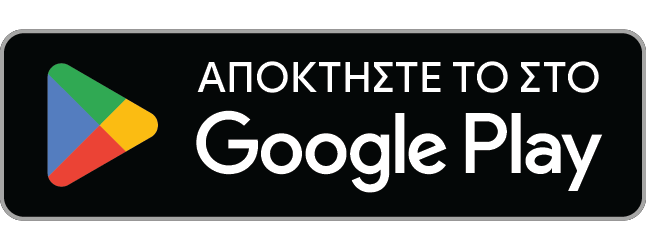Christ crucified with Toledo in the Background
El Greco1604 - 1614
Fundación Banco Santander
Madrid, Ισπανία
El Greco’s intention in this work was to depict the culminating moment in man’s Redemption: the sacrifice of Christ who gave himself up to God the Father in order to wash away the sins of mankind. The artist’s depiction of the subject is profoundly imbued with mysticism: Christ appears nailed to the cross, but rather than suffering, he is shown in ecstasy. His body is weightless, rising up like a flame and even the nails cannot hold him to the cross. According to the Gospel texts, at the moment of Christ’s death the sky darkened, the sun was hidden, the earth was submerged in darkness and a storm broke out. El Greco’s intention was to depict these two moments, the sacrificial offering and the storm over Jerusalem, with the darkness of the sky broken by the lightning flashes. The depiction of the storm is perhaps one of the finest elements in this painting. The landscape that acts as the background to this Crucifixion is a free interpretation of the landscape of Toledo, bathed in the ghostly illumination of the lightning. The artist depicted real buildings and elements of the landscape but changed their location, creating a view of an imaginary Jerusalem. On the right is one of the most beautiful and delicate landscapes ever painted by El Greco. It is also in extremely good condition. It includes the Alcántara bridge and the fields and low mountains that surround the city, washed with the rain and painted in the greyish-brown tone typical of water-soaked fields. A path leads to a bridge with three figures that are barely touched in with the most delicate brushstrokes. Despite their small size it is possible to see that one is dressed in white, turning his head in response to the summons of the others. The figure that makes a summoning gesture has a staff and a pilgrim’s hat. The group undoubtedly refers to the Disciples walking to Emmaus: “Remain with us as night is falling […]” Next to the cross and in front of the city are various small figures, beautifully painted in exquisite colours and clearly depicting the three Marys and Saint John. Three riders head towards the city. The one holding a flag turns his head back to look at the three small figures located in the lower left corner of the composition. Two of them are clearly nude and seem to be dancing joyfully. These mysterious figures may be the resurrected Adam and Eve while the third could be an angel, in reference to Christ’s Descent into Limbo and the celebration of the Redemption. Alternatively, they may refer to the Gospel account that states that tombs were opened by the earthquake and the dead emerged from them.
- Title: Christ crucified with Toledo in the Background
- Creator Lifespan: 1541 - 1614
- Creator Nationality: Greek
- Creator Gender: Male
- Creator Birth Place: Crete
- Creator Death Place: Toledo
- Date Created: 1604 - 1614
- Physical Dimensions: w690 x h1110 mm (Complete)
- Exhibition: Madrid, Spain
- Style: Renaissance
- Place Part Of: Spain
- Credit Line: Signed at the foot of the cross: “dominikos theotokopoulos e`poise"
- Painter: Domenikos Theotokopoulos, El Greco
- Type: Painting
- External Link: Fundación Banco Santander
- Rights: Fundación Banco Santander, www.fundacionbancosantander.com
- Medium: Oil on canvas
